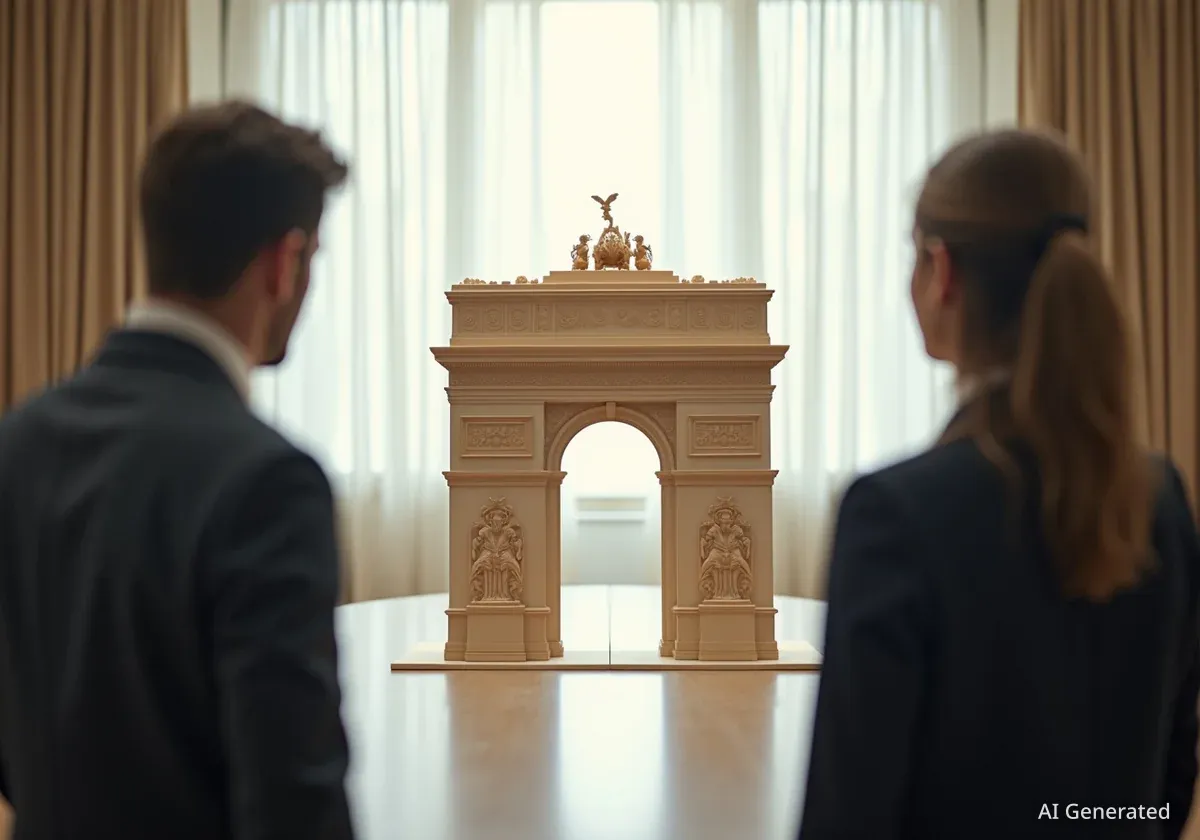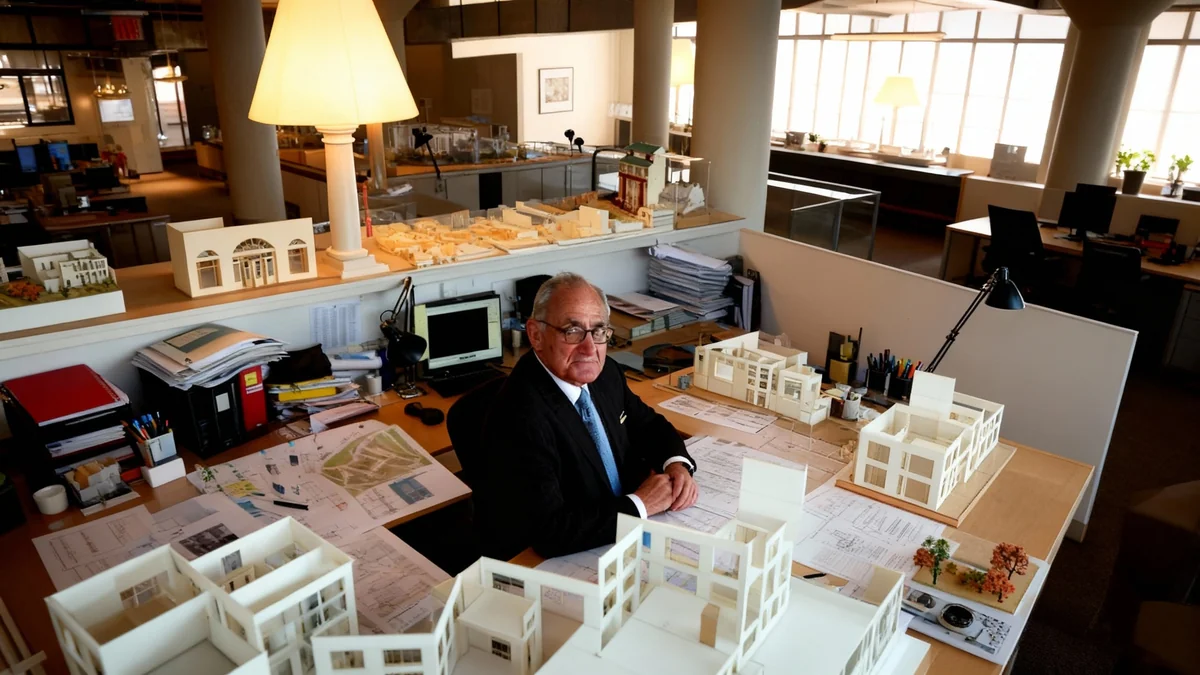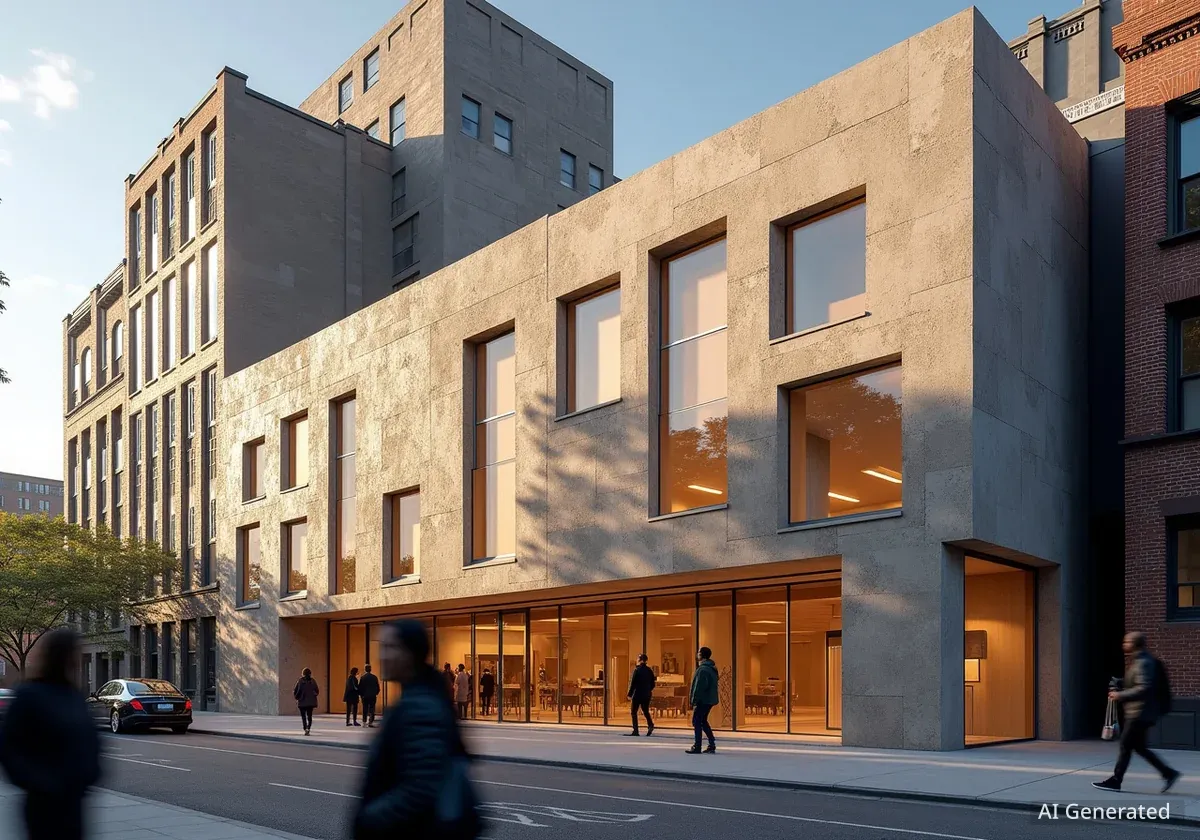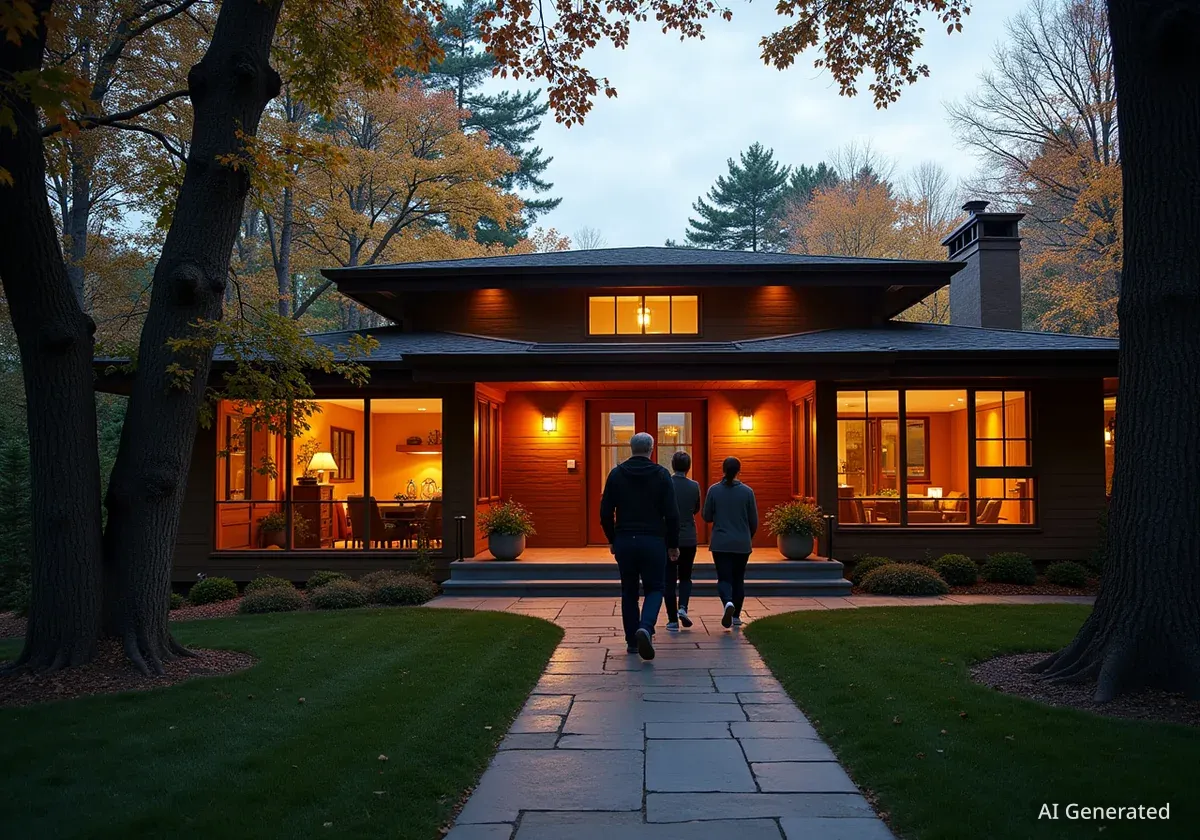A proposal for a large triumphal arch, intended to commemorate the 250th anniversary of the United States, is under consideration for a site in Arlington, Virginia, directly across the Potomac River from the Lincoln Memorial. The concept gained public attention after scale models were photographed in the Oval Office during a meeting between President Trump and Finnish Prime Minister Alexander Stubb.
The design, created by the architecture firm Harrison Design, draws inspiration from the Arc de Triomphe in Paris. If built, the structure could rival the height of the Lincoln Memorial, fundamentally altering one of the nation's most recognized vistas. The proposal has ignited a debate among architects, urban planners, and historians about its potential impact on the capital's symbolic landscape.
Key Takeaways
- A proposal for a new triumphal arch has been presented for a location in Arlington, Virginia, near the Lincoln Memorial.
- The project, designed by Harrison Design, is intended to mark the 250th anniversary of the U.S.
- Critics have raised significant concerns regarding the disruption of historical symbolism, visual obstruction of landmarks, and traffic congestion.
- The idea of a triumphal arch in Washington, D.C., dates back to the 1901 McMillan Plan but has never been constructed.
Details of the Proposed Monument
The proposed arch is a monumental structure designed in a classical style. According to renderings and models, it would be topped by a gold winged angel and feature two large white eagles. Its planned location is Memorial Circle, a busy traffic roundabout that serves as the western terminus of the Arlington Memorial Bridge.
The concept was reportedly presented to President Trump by Justin Shubow, president of the National Civic Art Society. The society advocates for classical and traditional architecture in public buildings and monuments. Nicolas Leo Charbonneau, a principal at Harrison Design, shared a rendering of the arch on social media in September, approximately one month before the models appeared in the White House.
Historical Precedent
The idea of a major arch in Washington, D.C. is not new. The 1901 McMillan Plan, a foundational document for the urban design of the National Mall, originally included a provision for a memorial similar to the Arc de Triomphe. However, this element of the plan was never brought to fruition.
Concerns Over Symbolism and Urban Design
The proposal has drawn criticism from architectural and urban planning experts who argue it would disrupt a carefully planned and historically significant axis. The Arlington Memorial Bridge was designed to symbolically connect the Lincoln Memorial with Arlington House, the former home of Robert E. Lee, which overlooks Arlington National Cemetery. This connection represents national reconciliation after the Civil War.
"Connection is the key—linking, bridging, reconciling. That’s what the Memorial Bridge does," stated Eric Jenkins, an architect and former university educator. "Inserting a grand, false monument into that axis and space breaks that symbolism. It risks replacing subtlety with spectacle, solemnity with show."
Jenkins also noted that the arch would likely obstruct the view of the John F. Kennedy Eternal Flame, which is visible from the steps of the Lincoln Memorial on clear nights. This visual link is considered an important part of the memorial landscape.
Traffic and Accessibility Issues
Beyond symbolic concerns, critics have pointed to practical problems with the proposed site. Memorial Circle is a major traffic hub, channeling vehicles from several major roadways onto the Arlington Memorial Bridge. According to Jenkins, the area is not suitable for a commemorative monument intended for public interaction.
"Anyone who’s driven through knows it’s a traffic maelstrom of cars speeding through from Arlington Boulevard to the bridge," he explained. "An arch there would be both inaccessible and out of place." These concerns echo those raised about a previous arch proposal in 2000, which was ultimately sidelined partly due to traffic considerations.
Previous Arch Proposals in D.C.
In 2000, the National Monuments Foundation (NMF) proposed a triumphal arch called the Millennium Gate for Barney Circle in Northeast Washington, D.C. The plan received initial interest from the National Capital Planning Commission but faced questions about its impact on traffic flow. The project was abandoned following the events of September 11, 2001.
Support and Advocacy for the Arch
Despite the criticism, the idea of a new national monument in the classical style has its supporters. Proponents argue that such a structure would be a fitting tribute to the nation's history and power, particularly for its 250th anniversary. Catesby Leigh, an art and architecture critic, has been a vocal advocate for building a triumphal arch in Washington, D.C.
In an April op-ed titled "Washington Needs an Arch," Leigh argued for the construction of a monument at one of several potential sites, including Memorial Circle. Supporters believe that a new classical monument would enhance the architectural character of the capital, continuing the tradition established by many of its most iconic buildings and memorials.
- Proponent Argument: A grand monument is a suitable way to mark the nation's 250th anniversary.
- Historical Argument: Fulfills an unrealized component of the historic McMillan Plan.
- Aesthetic Argument: Adds to the city's collection of classical architecture.
The appearance of the models in the Oval Office suggests that the proposal is being considered at high levels of government. It aligns with other architectural initiatives during the Trump administration, which have included redecorating the Oval Office, paving over the Rose Garden, and proposing a new ballroom for the White House.




